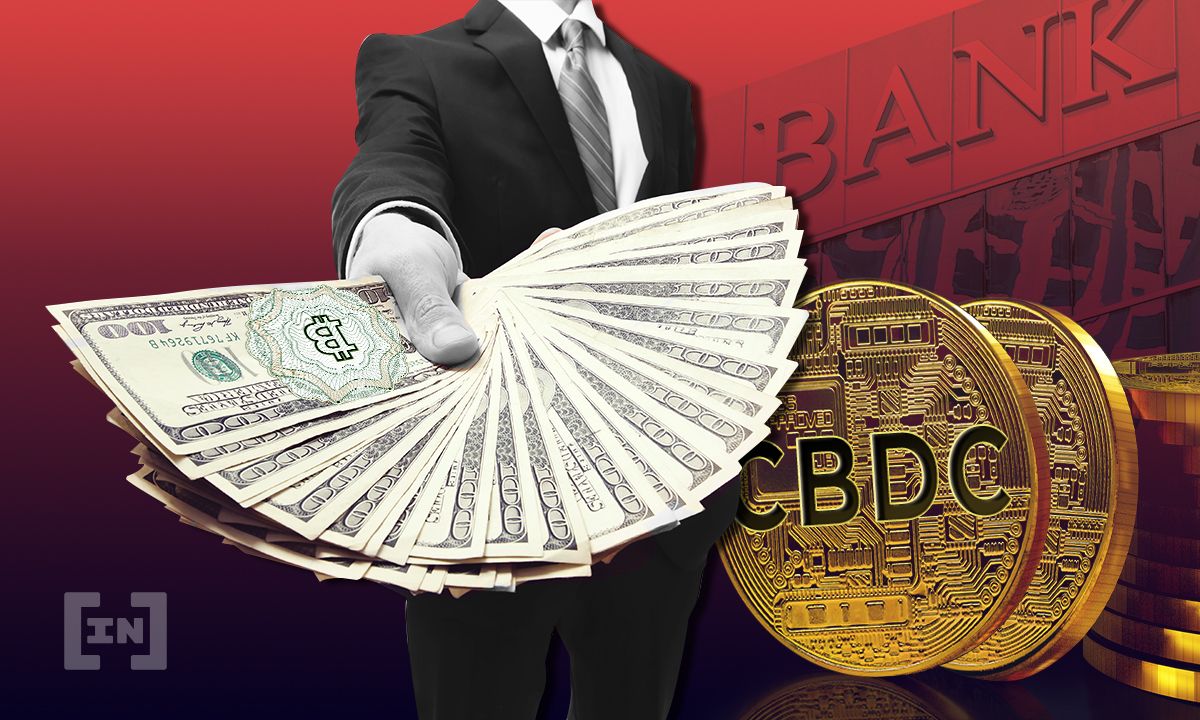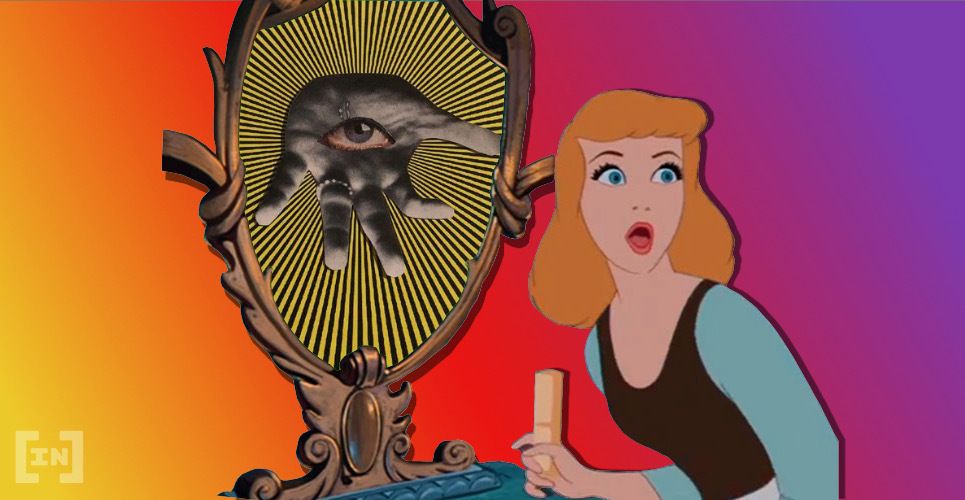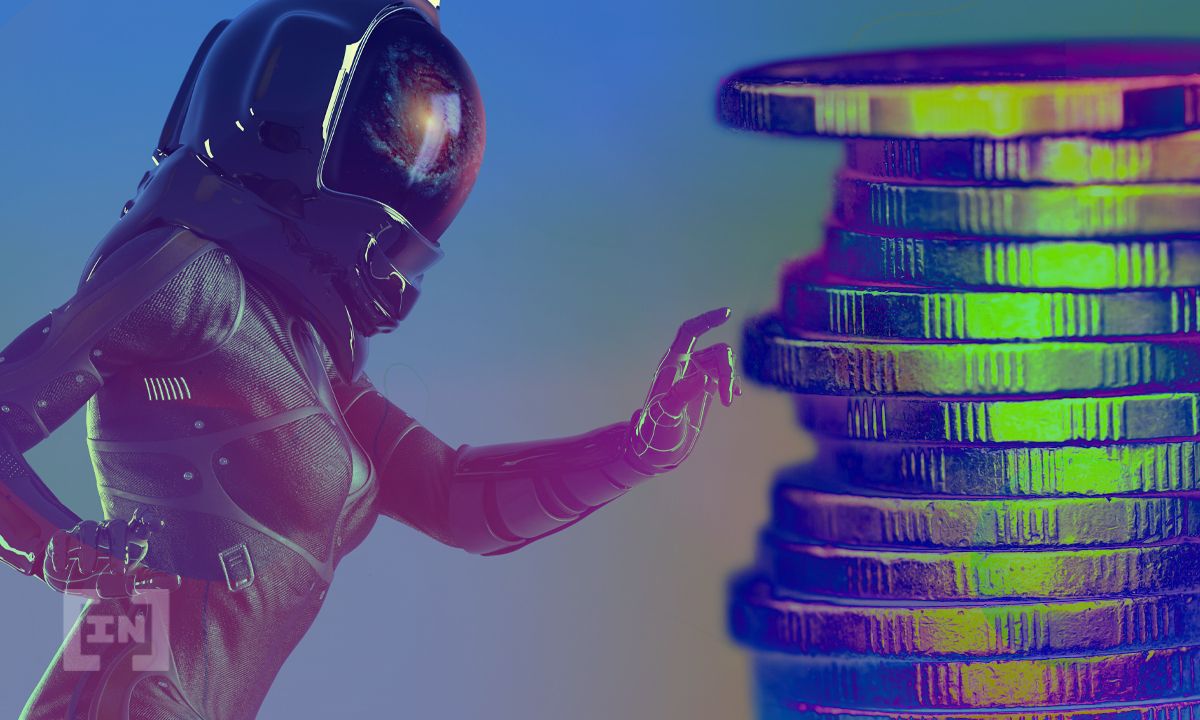One hundred years from now, humans will be colonizing space. Since there will probably not be anything faster than light travel, colonization will be limited to the solar system, especially to near-Earth locations like Mars, the moon, asteroids, or stationary or orbiting stations.
Such colonies and stations will be a mixture of private, government, and public/private enterprises focused on mining, zero-gravity spacecraft and satellite production, research, and vacation resorts.
Payments made off-world will be grounded in the methods for payments systems on Earth in 2121.
Earth payments
Earth, one hundred years from now, will have a mixture of public and private currencies.
Nations will have their own sovereign digital currencies. These will be central bank digital currencies, national stablecoins, or a hybrid of the two models.
By 2035, some emerging countries will be issuing central bank stablecoins. These will be tokens that are a claim on the central bank (and thus the country’s taxing power) but have the added backing of a basket of US and/or Euro bonds with perhaps some gold or sovereign debt added in.
SponsoredBy 2070, the newly formed African Currency Union will introduce its own stablecoin based upon a collection of currency and sovereign debt of its members.

On the private side, there will be one or two global stablecoins that operate on their own networks and are built for speed in remittances and trade settlements.
They will fill a gap left by the multiple CBDCs. Some individuals and businesses will not want to incur the cost and time required to convert between multiple CBDCs when making long-distance payments. Instead, they will opt for ultra-fast stablecoins.
There will also be a myriad of proprietary currencies, built perhaps on a stablecoin model and issued by manufacturers, service providers, fintech, and, especially, those firms involved in the off-world economy.
These coins will be designed to attract and hold customers in enclosed lifestyle and payment systems, maximizing profits in the process.
For example, you will not only have Apple implants and wearables, but you will live in a world created by Apple, both physical and virtual. In these worlds, only Apple Bytes (its proprietary coin) are accepted. The same would apply in its off-world locations.
Off-world payments
Off-world colonies built and run by particular countries will use the payment system based on the one used in that country on Earth.
So, a Mars colony built and run by Russia will use the Ruble CBDC. These “public” colonies will also have stores and shops either run by the founding state or by private enterprise.
While government stores will require payment in the official, off-world currency, private stores will accept their proprietary currency (like Apple Bytes at the Mars Genius Bar) or the official currency.
In any case, taxes will need to be paid in this official, off-world currency. This is because, even in space, there is no escape from the taxman.
Colonies established by private firms will use their proprietary currencies. For example, at Moon Base Disney, the currency of choice will be Digital Disney Dollars.

However, such a private colony may accept some sovereign digital currencies and perhaps one of the global stablecoins, which will be well suited to off-world use.
It will be safe to say that in any off-world location, there will be a mixture of currencies in circulation. Some colonies or space stations may allow for multiple forms of payment.
In this case, your AI payment wallet will automatically provide a mixture of your digital currencies for payment. However, some off-world areas may require payments in one specific currency.
In this case, your wallet will have to do a conversion (probably at a cost), or you will have to communicate with a currency broker to convert your leftover Digital Disney Dollars from your visit to Moon Base Disney into CBDC Rubles when you arrive at the Russian colony on Mars, during your extended space cruise vacation.
Sponsored SponsoredWhat’s a smartphone?
In any case, you will not be hauling around a smartphone anymore. In 2121, this will be ancient history, like the candlestick telephone.
Your communication and payment system used on Earth or off-world will be some sort of wearable device, either on your clothes or on your body, or you may opt for an implant.
You will always be connected to a network. Your connection plan will no longer be about how much data you want to move but about how much privacy you want. The less privacy you require, the less you will pay to receive services over the network.
The minimum plan, which will be the most expensive, will present you on the network as a human in an undisclosed location, providing you with a minimum of services: basic payments, emergency services, etc.
A full-service plan, which may be free, will give you every service available, but your whole identity is shared with the network along with your location and payment history.
The world or the solar system will be at your fingertips. That is unless something goes wrong and the network goes down.
Getting caught offline
On Earth, it will no longer be necessary to worry about being caught offline. Redundant power and network systems with the addition of numerous satellites have made it almost impossible to find a place on Earth that is not connected to a network all the time.
No doubt, retreats will pop up in corners of the world where the network does not reach, offering visitors the chance to experience being offline in luxurious surroundings.
Since the network is almost everywhere on Earth, there is no need for physical payment devices. For the Earth-bound, banknotes and credit cards exist only in museums.
In space, this will be a different matter. The payment and network infrastructure in the off-world colonies will be more fragile.
Solar storms, dust, and other phenomena can knock out the network regularly. Perhaps, you are in transit, and your ship’s ability to communicate with an interplanetary or intercolonial network is limited. Maybe, you are in a colony or station under construction with no or a limited network.
SponsoredAlternatively, let’s say you are living in or visiting an off-world location that is purposefully off the grid for the sake of concealment or just plain freedom.
In such offline (or potentially offline) environments, you will need a physical hybrid device to make payments. It would have to be light and durable and be able to function online or offline.
This will be a smart coin. A physical coin that has a clearly denominated value and that can pass hand to hand offline like coins do today.

However, when in a networked environment, it will be able to transfer its value over the network. You will be able to tell if the coin has a value at sight as it will glow if it has value. Something like this can be seen on the series, The Mandalorian, in the form of Calamari Flan.
Empty coins would be recharged privately or turned in to a broker for a small profit per coin. Also, why coins? Coins do not have any corners that could potentially damage a spacesuit.
Gray market monies
The issuers of these smart coins will be mostly governments and private companies. The coins will represent whatever public or private currency the entity deals in, be they CBDC Rubles or Digital Disney Dollars. They will be sent to colonies and space stations under construction and be given to those doing business with poorly networked off-world locations.
Once construction of a public and private colony is complete and the network up and running, the smart coins will enter the informal economy. They will be bought and sold by brokers who deal with the black market or those who just want to operate off the grid. So, in the back corners of an off-world colony, you will always be able to find some smart coins circulating.
Of course, there may be other forms of physical payment in the informal economy. An off-world colony may have a “cash” shortage, especially if the network goes down a lot or is non-existent, removing the ability to use digital monies. In such cases, people may turn to commodities or obsolete currencies.

Again, if we look at the world depicted in The Mandalorian, there is a commodity, beskar steel ingots, and an obsolete currency, Imperial Credits. In Earth’s off-world locations, the commodity may be a material useful in manufacture (copper), a food source (calorie tablets), an item of entertainment (mood supplements), or something completely different. And, the obsolete currency might be something no longer useful on Earth-like banknotes.
The Money Broker
There have always been money brokers. In the digital world, prices of the different currencies will be set in the virtual marketplace and communicated to your personal payment platform—your wearable or implant.
Sponsored SponsoredYour AI wallet makes all the calculations and conversions for you. However, there may be times off-world when you have to deal with physical currencies as described above.
Then, you will either have to be your own broker or find someone in a back alley who can change your money.
The value of most currencies will be tied to their issuers, be that a government or a private company. This valuation will follow the same rules that have existed since time immemorial: financial strength, profitability, tax base, etc.
You or your AI wallet will have to choose carefully.
A Universe of Payments
Here, I have given you a small picture of the galaxy of payments that will occur in the off-world colonies 100 years from now.
However, these are just human-to-human transactions. Nothing has been said of machine-to-machine transactions or machine-to-human transactions. This last arrangement may well prove the most vital. After all, how are you going to pay for your android?
(Editor’s note: This article and the corresponding NFT (NFT#188) were produced as a part of BeInCrypto’s Star Edition NFT Series. This exciting NFT series consists of nine pieces of digital art by Exquisite Workers, all of which will be auctioned off alongside letters written by industry professionals sharing their thoughts on the future of NFTs. More on that below.)
Introducing BeInCrypto Star Edition NFT#188
To celebrate its third year as a globally trusted blockchain and cryptocurrency news platform, BeInCrypto is launching a non-fungible token (NFT) charity auction in collaboration with Exquisite Workers. All proceeds generated from the auction will go to the Open Earth Foundation, a non-profit on a mission to leverage the latest trends in digital technology to help increase planetary resilience.
The Star Edition NFT Series includes nine pieces of digital art by Exquisite Workers. Each of these NFTs will be auctioned off alongside letters written by industry professionals sharting their thoughts on the future of NFTs.
Pawnbroker by David Durà is the NFT#188 in the series.

With a sense of excellence, Exquisite Workers’ leading artist David Durà evokes in the viewer curiosity adorning this letter to the future by Dr. Franklin Noll, which is an unlockable content for the extraordinary 1/1 charity token.
About David Durà
The holographic projections of female characters, more cyborgs than real women, transport us into a reality that is not so far from ours, made of neon dreams. David Durà, AKA “David Motion” evokes in the viewer curiosity and seduces by sensual gazes of his beautiful protagonists hidden by the deep shadows.
Motion designer and computer graphics artist, David is based in The Netherlands. He fell in love with animation while studying design in the city of Barcelona. Animation allowed him to explore new worlds and techniques, focusing on light, color, and composition. David creates a unique poetic language and situates his stunning work halfway between the cyberworld and a human one.

